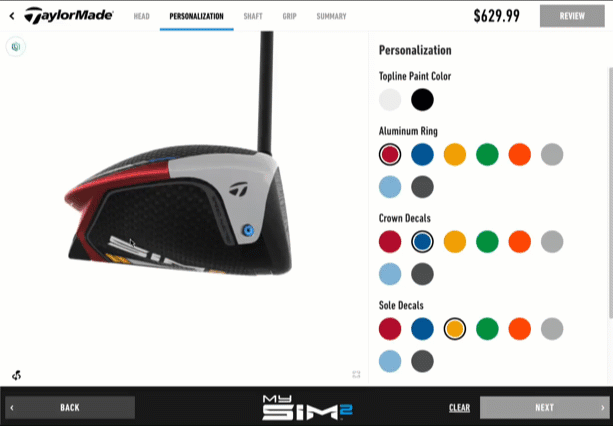How to Create Interactive Product Customization
Interactive product customization is a powerful tool that enhances customer engagement and satisfaction.
With it, businesses can offer a wide range of product options, provide real-time visualizations and track purchase trends to identify future sources of revenue. Leveraging technology such as augmented reality, 3D modeling and machine learning can further enhance the customization experience.
Key Takeaways
- Interactive product customization enhances customer engagement, satisfaction and sales revenue.
- Identifying suitable products for customization and developing a user-friendly interface are crucial for success.
- Leverage technology such as augmented reality, 3D modeling and machine learning for further enhancement of the customization experience.
- Track customer engagement and conversion rates, analyze customer feedback and monitor sales performance to measure the success of your customization implementation.
Understanding the Importance of Interactive Product Customization
Enhancing Customer Engagement and Satisfaction
Customization gives consumers a sense of ownership and control over their experience, leading to deeper engagement, a stronger connection with the brand and increased purchase satisfaction.
It also provides insight into customer behavior, enabling implementation of targeted marketing strategies and product improvement. You can track conversion trends to determine where new product offerings may draw more revenue.
Additionally, interactive product customization is entertaining for customers, attracting their attention and increasing the likelihood of conversions. With the ability to spend hours constructing their perfect product, customers are more likely to be satisfied with their purchase and perceive the brand positively.
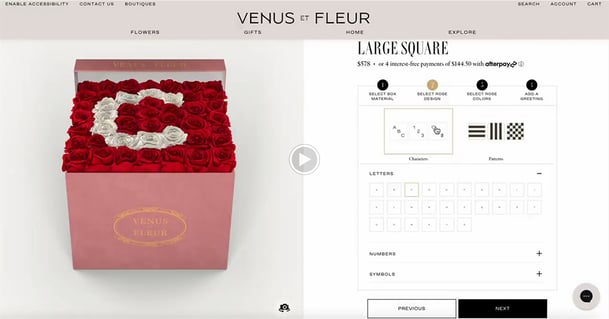
Creating a Unique and Personalized Experience
Creating a unique and personalized experience is essential in building lasting customer relationships. By tailoring products to individual preferences, you foster brand loyalty and stand out from their competition.
Integrating customization options into the purchase process streamlines the buying journey and makes it more convenient for customers to make a purchase decision. Additionally, personalized products have a higher perceived value, allowing you to command premium prices and increase profit margins.
Other ways to create a unique experience for your audience include gamification and galleries. Gamification elements that reward consumers for participation, such as quizzes, contests or polls, can engage and entertain them, boosting customer loyalty.
Interactive product galleries that allow users to filter, sort and enlarge content enables customers to focus their purchase journey, reducing frustration and analysis paralysis.
Implementing Interactive Product Customization

Identifying Suitable Products for Customization
First, identify suitable products to be customized. Not all items are right for customization, and it is important to choose ones that align with your target market and customer preferences. Conduct market research and analyze feedback to determine which products have the highest potential for customization.
Consider the level of complexity and feasibility of customization. Some products may require more intricate customization options or have limitations. Aim to strike a balance between offering a wide range of customization options and ensuring the feasibility of implementation.
Also consider the scalability of customization for the identified products. Will the customization process be efficient and cost-effective if the demand for customized products increases? Assess the resources and capabilities required to scale the customization process without compromising on quality or customer experience.
Developing a User-Friendly Customization Interface
A user-friendly customization interface prioritizes ease of use and intuitive design. Customers should be able to effortlessly navigate the interface and make their desired customizations without confusion or frustration. Here are some key considerations:
- Simplicity: Keep the interface clean and clutter-free, with clear labels and intuitive controls.
- Guided customization: Provide step-by-step guidance to help customers through the customization process.
- Real-time updates: Ensure that any changes made by the customer are reflected in real-time, allowing them to see the impact of their customizations.
- Responsive design: Optimize the interface for different devices and screen sizes, ensuring a seamless experience across desktop, mobile and tablet on a range of web browsers.
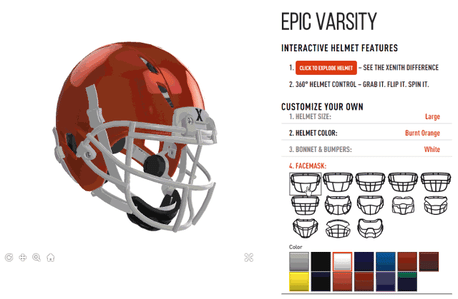
Integrating Customization Options Into the Purchase Process
Allow customers to select personalized product options on the product page as part of the purchase process. This can be achieved through dropdown menus, image swatches, text inputs, checkboxes and other interactive elements. Adjust prices based on customer selections and use logic to show or hide options, ensuring a smooth and intuitive customization process.
Consider using apps like Infinite Options or Live Preview Options by Webyze. These offer a range of features, such as product bundling, no-code workflows and integration with other Shopify apps. They allow customers to select unlimited customization options directly from the product or cart page, enhancing the convenience and flexibility of the customization process.
Best practices for integrating customization options into the purchase process include:
-
Streamline the checkout process. Simplify the checkout process to minimize cart abandonment. Enable guest checkout and offer multiple secure payment options to enhance user convenience.
-
Customize the payment gateway. Choose a payment gateway that aligns with your business model and target audience. Customize the appearance and settings to enhance trust.
-
Manage inventory effectively. Set up an inventory management system to track product availability, restocking and backorders. Display accurate stock quantities to avoid disappointing customers with out-of-stock items.
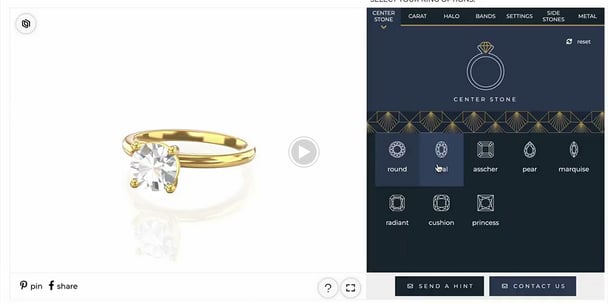
Best Practices for Designing Interactive Product Customization
Offer a Wide Range of Customization Options
Providing customers with multiple options to choose from makes your products uniquely theirs and cater to their individual preferences. Whether it's selecting different colors, materials or design elements, allowing customers to personalize aspects of the product enhances their sense of ownership and satisfaction.
Ensure Compatibility and Accessibility
Test your responsive design on various devices, screen sizes and web browsers. A responsive site allows customers to purchase from multiple devices, increasing reach and engagement. Review and update your design often, based on user feedback and trends.
Also, make your website accessible to all users, including those with disabilities. This can be done by using alt text for images, providing text alternatives for multimedia and using clear and readable fonts.
Regularly testing and reviewing your design allows you to identify any issues or flaws that may hinder your visitors' experience and make necessary adjustments to improve overall performance.
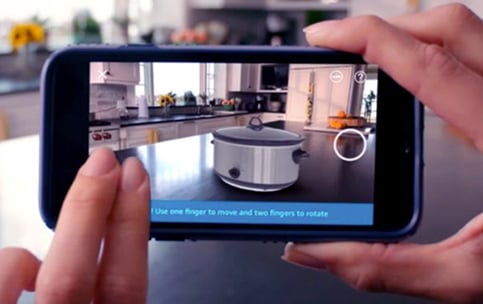
Leveraging Technology in Interactive Product Customization
Augmented Reality (AR) technology has revolutionized the way customers interact with products. By leveraging AR, businesses can provide virtual try-on experiences, allowing customers to visualize products in their own environment. This immersive and interactive feature makes shopping more engaging and enjoyable for customers.
Implementing 3D Modeling and Rendering
Start by identifying which products would benefit the most from 3D visualization. Consider factors such as complexity, customization options and customer demand.
Then work with skilled 3D artists with experience in your industry who specialize in modeling and rendering. Effective implementation of 3D modeling and rendering requires collaboration between your design and marketing teams, so ensure clear communication and alignment on the desired outcomes.
Once you've implemented your 3D models, test them with a sample group of customers to gather feedback. Then use this feedback to iterate and improve your visuals.
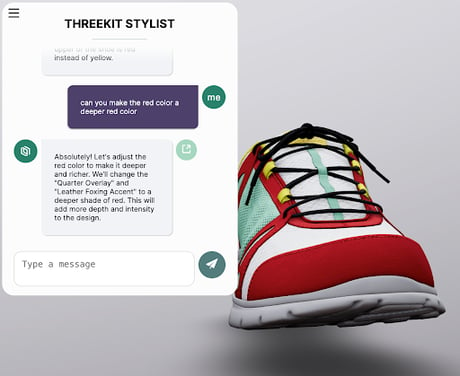
Integrating AI for Personalized Recommendations
Implementing AI algorithms enables your site to effectively analyze customer data and preferences, then offer targeted product suggestions tailored to meet individual needs and preferences.
AI algorithms can analyze large amounts of data, including past purchase history, browsing behavior and demographic information, to identify patterns and make accurate predictions.
They can also optimize pricing strategies by analyzing customer behavior and market trends. Understanding customer preferences allows you to offer personalized pricing options that maximize revenue while still providing value to customers.
Measuring the Success of Interactive Product Customization

Tracking Customer Engagement and Conversion Rates
Analyzing user behavior allows you to understand how visitors navigate your website, including which pages they visit the most and how long they spend on each page. This data helps to identify popular content and areas where visitors might lose interest.
The two aspects to this are:
- Conversion tracking: By monitoring conversion rates, such as purchases and email sign-ups, you can identify any bottlenecks in the user flow and make targeted improvements. Keep a close eye on sales performance to identify trends and patterns. Look for any changes in sales volume or revenue generated from customized products.
- Referral traffic analysis: Analytics tools provide information about how users find your website, including which sources or websites refer them. This data helps you identify successful marketing channels and optimize your marketing strategies accordingly.
Analyzing Customer Feedback and Satisfaction
Collecting and analyzing feedback offers valuable insights that can drive product and service improvements. Key data collection options include:
-
Surveys and feedback forms: Implement interactive forms and surveys to collect user data and feedback. This allows you to gather quantitative and qualitative data that can provide valuable insights into customer satisfaction.
-
Customer reviews and ratings: Enable user reviews and ratings to showcase customer satisfaction and build trust with potential customers. Positive reviews and high ratings can serve as social proof and encourage new customers to try your products or services.
Then utilize analytics tools to track and analyze customer satisfaction data. This helps identify trends, patterns and areas for improvement.
Analyzing customer feedback and satisfaction is an ongoing process that requires continuous monitoring and improvement. By actively listening to your customers and taking their feedback into account, you can better meet their needs and build long-lasting relationships.
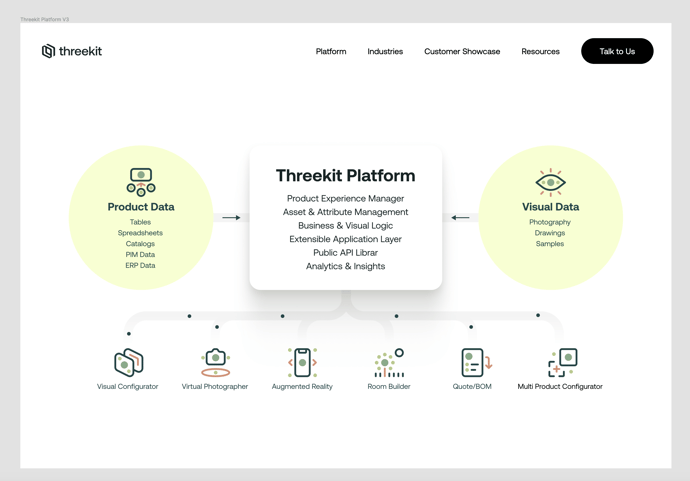
Conclusion
Implementing interactive product customization can increase conversion rates by allowing you to offer unique product options that the consumer can see in real-time. It provides a competitive advantage in increasing customer engagement, loyalty and satisfaction.
Curious to see more? Contact Threekit to schedule a demo of their groundbreaking customizer tool.
